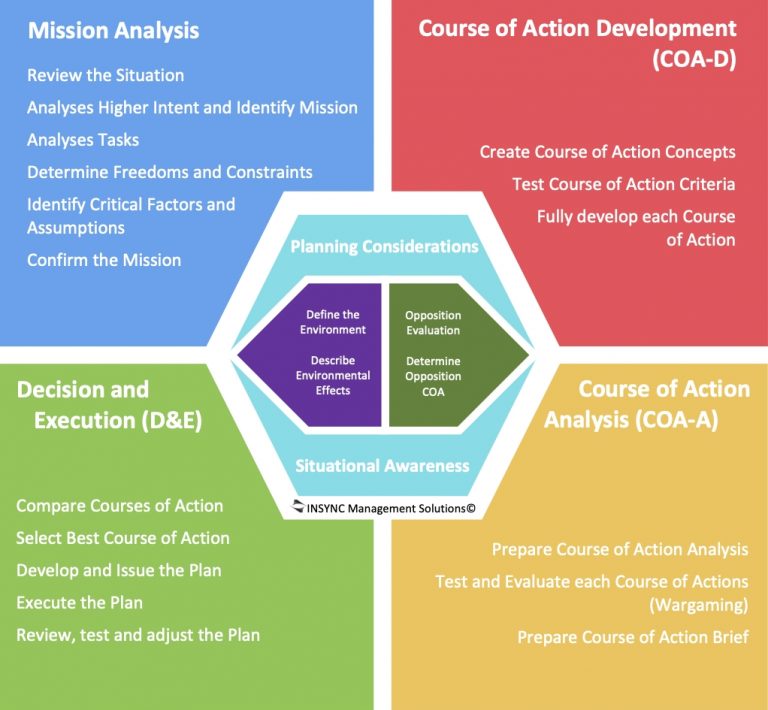
If you’ve spent time working in middle or upper management in any business, you would have participated in, or possibly led a planning session. I’m also going to bet, most of you have been involved in a planning session where it was crystal clear that the person in charge had absolutely no idea what they were doing and everything seemed made up then and there!
I hear this complaint so often I’m sharing the technique I use, and teach, for how to facilitate a planning session. I’m not talking about the simple, ad hoc ‘who, what, where, when, how, and how much’, planning sessions, although they are also problematic so follow the link to my article on developing Immediate Action Plans. I’m talking about detailed and often complex planning, necessary to effect change, implement a new initiative, or solve a “Wicked Problem“.
Whether the planning needed is very simple or extremely complex you need a process to follow; otherwise, you really don’t know what you are doing! Imagine if you had a simple, repeatable, scalable process to guide you through your planning session anytime you need to be “that person in charge”.
You’d be surprised how many organisations don’t have structured planning processes in place. Some organisations use processes such as the Observe, Orientate, Decide , Act Loop, ( OODA-loop), Multi-criteria Decision Analysis (MCDA), or even Plan, Do, Check, Act (PDCA).
Being a former member of the Australian Army, I’ve been trained in the use of the Military Appreciation Process (MAP), and in the years since leaving the military, I have used an adaptation of the MAP to help structure my planning. I have also taught this process to clients to help them add structure to their planning sessions.
I have included my version of the MAP based planning process in this article as a model you can use to guide you through your future planning session. This planning model is deliberately basic on the surface to make it easy to interpret and allow you to start using it straight away. With a little training, you can dive into the detail, unpack its power and use it to guide you through the development of very complex plans to address even the most difficult problems.
To employ the model, start in the centre, work your way out, and then work clockwise from blue to red, to orange, and finally green. Like most processes, this model is iterative, so when you get to the end, you may choose to continue to use the model to further refine your plans over time.
“In preparing for battle, I have always found that plans are useless, but planning is indispensable.”
General Dwight D. Eisenhower.
